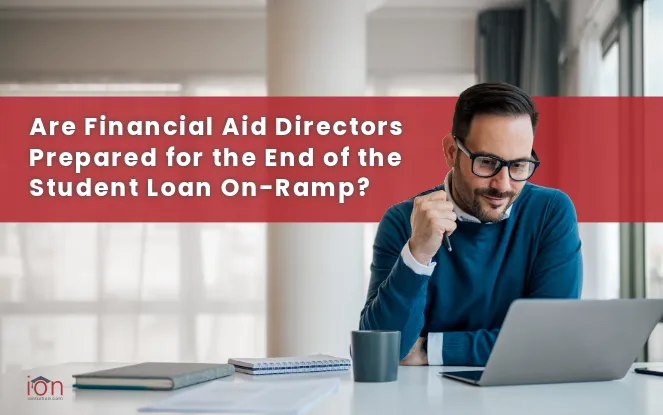The 12-month federal student loan on-ramp ends on Monday, September 30th.
The on-ramp was intended to give borrowers a year to find sustainable repayment plans following the three-year COVID payment pause. Repayment officially resumed on October 1, 2023, with bills resuming and interest accruing.
The on-ramp period also included the Fresh Start program, allowing any borrower with defaulted student loans to move back into current repayment.
During the on-ramp period, borrowers were protected from the consequences of delinquency. It’s estimated that between 7 and 10 million borrowers did not make on-time payments during the on-ramp period. After a student loan borrower became 90 days past due, servicers placed them into an automatic forbearance period.
Nearly 7 million borrowers are considered at least 90 days delinquent based on the most recent data in the National Student Loan Data System. This is the highest number of borrowers in the 31-to-90-day delinquency bucket. Typically, there are between 1 and 2 million borrowers.
Delinquency Consequences Return Along with Defaults
Borrowers who have not made on-time payments during the on-ramp period will now face the consequences of delinquency. This includes late fees, damage to credit scores, and eventually, default.
Credit reports will be impacted once borrowers are past 90-days delinquent. There’s no indication that servicers will reset borrowers to a current standing on October 1st.
The End of the Student Loan On-Ramp Marks the Beginning for Tracking Record-High Default Rates
Delinquencies reach default after 270 days of missed payments. We’re expecting record-high Cohort Default Rates or CDRs.
CDRs are the measurement used to keep schools accountable for offering federal student aid. Current CDRs are at 0 percent since borrowers couldn’t default during the COVID payment pause or the on-ramp period.
Student Loan Defaults Will Return Sooner Than You Think
It’s foolish to believe there’s another year before financial aid directors should worry about student loan defaults. Colleges should be looking very closely at the 2024 Cohort, which began for borrowers who entered repayment between October 1st last year and Sept 30th of this year. It’s also possible that the 2023 Cohort could see defaults as well.
What should financial aid departments do?
- Communicate to your borrowers: It’s possible that some borrowers have not made any student loan payments in over three years. The COVID payment pause was extended 8 times, and the Biden administration has made multiple promises for sweeping student loan forgiveness that have been blocked. Borrowers need to know that this is the REAL start to repayment. There are no more safety nets.
- Encourage income-driven repayment options: Borrowers can still enroll into an income-driven repayment plan even while the SAVE plan is under a federal injunction. Servicers will place borrowers into forbearance while they process their applications.
- Implement a Default Aversion Program: Communicating with borrowers takes time and resources. Many financial aid counselors are focused on helping students with FAFSA, and don’t have time to contact graduates about their student loan payments. That’s why a Default Aversion Program like IonTuition is so valuable. They will do everything necessary to keep CDRs down.

